Welcome to Anfield Stadium, the home of Liverpool FC, and join us as we explore the most Anfield Stadium’s Most Memorable Moments in Football History, from its early beginnings to modern-day success stories that have cemented its place in football folklore forever.
With over a century of history and countless unforgettable moments, this iconic stadium has witnessed some of the most memorable events in football history from the birth of Liverpool FC to the Shankly years and beyond, Anfield has been witness to triumphs and tragedies alike. Get ready for a journey through time that will leave you breathless with excitement!
About the Anfield Stadium
Anfield Stadium is a football stadium located in the Anfield area of Liverpool, England. The stadium has a rich history dating back to its construction in 1884 by Everton FC before it was later acquired by Liverpool FC in 1892.
Anfield Stadium Capacity
The capacity of Anfield has grown significantly over the years, with the current seating capacity around 53,000. The stadium underwent major renovation works between 2014 and 2016, during which time the Main Stand was expanded and new facilities were added, increasing the capacity from the original 45,000 to its current size.
Anfield Stadium Design
In terms of design, the stadium features four stands, namely The Kop, Main Stand, Sir Kenny Dalglish Stand, and Anfield Road End. Each stand is unique in design and offers different views of the pitch. Additionally, The Kop stand is particularly notable for its atmosphere and the passionate support it provides to Liverpool FC during matches. The stadium’s traditional red brick exterior also adds to its character and charm.
Overall, Anfield Stadium is one of the most iconic and historic football stadiums in the world, and is revered not only by Liverpool fans but by football fans across the globe.
Anfield Stadium’s Most Memorable Moments
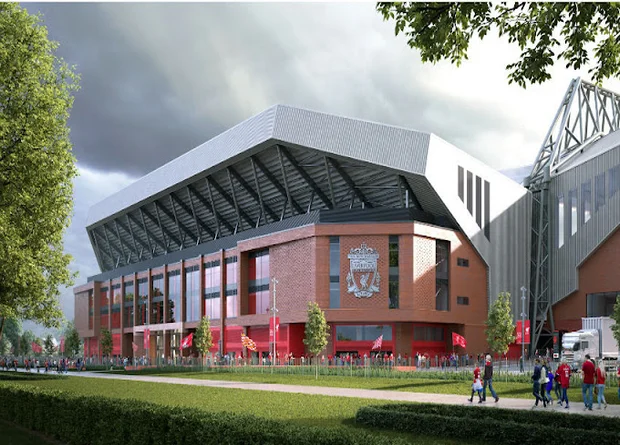
The Birth of Liverpool FC
Liverpool Football Club was founded in 1892, following a dispute between members of the Everton football club. The team initially played at Anfield Stadium, which was originally used as a field for sheep grazing before being transformed into one of Britain’s premier football grounds.
The early days of Liverpool FC were marked by financial difficulties and struggles on the pitch. However, the team soon began to establish itself as one of England’s top clubs under the guidance of manager Tom Watson.
In 1901, Liverpool won its first league title and went on to become one of English football’s most successful teams over the next few decades. Despite suffering setbacks such as relegation from the First Division in 1954, Liverpool continued to grow and develop both on and off the pitch.
Today, Liverpool is widely regarded as one of Europe’s elite clubs with an unmatched history and unparalleled fanbase. From its humble beginnings at Anfield Stadium over a century ago, Liverpool has grown into a global brand that represents excellence both on and off the pitch.
The Shankly Years
During the Shankly years, Liverpool FC transformed from a mediocre team to one of the best in Europe. Bill Shankly was appointed manager in 1959 and immediately set about rebuilding the squad.
He brought in players such as Ian St John and Ron Yeats, who were instrumental in helping Liverpool win their first-ever FA Cup final in 1965. The following year, they won their first league title under Shankly’s leadership.
Shankly was known for his motivational speeches and his ability to bring out the best in his players. He also introduced new training methods that helped improve fitness levels and teamwork on the pitch.
One of Shankly’s most memorable moments came when Liverpool beat Inter Milan 3-1 at Anfield during the European Cup semi-final in 1965. Despite losing the away leg 3-0, Liverpool managed to overturn the deficit thanks to goals from Roger Hunt, Ian Callaghan and Ian St John.
Shankly’s legacy at Liverpool is still felt today. He laid down foundations that would help guide them to future success both domestically and internationally. His passion for football was infectious, inspiring generations of fans around the world.
The Paisley Era
The Paisley Era at Anfield Stadium was a period of dominance for Liverpool FC. Bob Paisley took over as manager in 1974, succeeding the legendary Bill Shankly. In his nine years at the helm, Paisley led Liverpool to an incredible six League titles and three European Cups.
One of the highlights of this era was Liverpool’s victory in the 1977 European Cup final against Borussia Mönchengladbach. The match ended with a 3-1 win for Liverpool, thanks to goals from Tommy Smith, Terry McDermott and Phil Neal.
Paisley also oversaw some iconic moments involving players such as Kenny Dalglish and Graeme Souness. During this time, Liverpool became known for their clinical style of play and were feared by opponents around Europe.
Bob Paisley remains one of the most successful managers in football history, winning an astonishing 20 trophies during his time at Anfield Stadium. His legacy lives on today through both Liverpool’s continued success on the pitch and the numerous statues erected in his honor outside Anfield stadium.
The Hillsborough Disaster
On April 15, 1989, the Hillsborough disaster happened during an FA Cup semifinal match between Liverpool and Nottingham Forest. The tragedy claimed the lives of 96 football fans and left hundreds injured.
The events leading to the disaster started when a large number of Liverpool supporters arrived at Hillsborough Stadium without tickets. The police opened an exit gate to relieve congestion outside but failed to control the influx of people into an already overcrowded standing section.
As a result, thousands of people were pushed forward with no escape route as they crushed against each other in panic. It was one of the worst stadium disasters in history that shook Liverpool FC and its fans to their core.
The aftermath saw widespread condemnation of the authorities’ handling of crowd control, including allegations of a cover-up by officials who sought to deflect blame from themselves onto innocent supporters.
While it is difficult for any club or fanbase to come back from such a tragedy, what stood out was how Liverpool FC rallied together after this devastating event. They showed tremendous resilience and strength as they fought for justice on behalf of those who lost their lives at Hillsborough that fateful day.
An Era of Success
During the late 70s and early 80s, Anfield Stadium was home to one of the greatest teams in English football history. Under the guidance of legendary manager Bob Paisley, Liverpool FC won six league titles, three European Cups, and countless other trophies.
This era saw some of Liverpool’s most iconic players take to the field at Anfield including Kenny Dalglish and Graeme Souness. The team played with a fluid attacking style that thrilled fans every week.
One of the most memorable moments from this period was in May 1984 when Liverpool beat AS Roma on penalties to win their fourth European Cup title. The game was played at Rome’s Stadio Olimpico but it was Liverpool who emerged victorious after a tense penalty shootout.
The success continued into the following years as Liverpool won two more league titles before tragedy struck with the Hillsborough Disaster in 1989.
Despite this tragedy, Anfield remained a fortress for Liverpool as they continued to dominate English football throughout much of the ’90s under managers such as Roy Evans and Gerard Houllier.
This era cemented Anfield’s place in football history as one of the great stadiums where some truly unforgettable moments took place.
Modern Liverpool
Modern Liverpool has seen a resurgence in recent years under the guidance of Jurgen Klopp. The German manager took over in 2015 and slowly built a team that was capable of challenging for major honors. In 2019, Liverpool won their sixth European Cup/Champions League, beating Tottenham Hotspur 2-0 in the final.
One of the key factors to Liverpool’s success has been their attacking trio of Mohamed Salah, Sadio Mane, and Roberto Firmino. This front three is one of the most potent in world football, with each player offering something different but equally valuable to the team.
Another crucial element to Liverpool’s modern success has been their solid defense. Led by Virgil van Dijk and goalkeeper Alisson Becker, the Reds have become much harder to break down than they were previously.
Off the pitch, Liverpool fans are widely regarded as some of the most passionate and loyal supporters around. They regularly pack out Anfield Stadium for home matches and create an atmosphere that is intimidating for visiting teams.
Modern-day Liverpool represents an exciting brand of football that is both entertaining and effective on all fronts – attack, defense and fan culture alike!
People Also Search For:
- Inside Old Trafford: The Iconic Home of Manchester United
- Molineux Stadium History and Legacy
- Goodison Park Stadium: Experience the Magic
- Tottenham Hotspur Stadium: Design And Facilities
Final Thoughts on Anfield Stadium’s Most Memorable Moments
Anfield Stadium has been witness to some of the most memorable moments in football history. From the birth of Liverpool FC to the current era of success under Jurgen Klopp, Anfield has seen it all. The stadium is more than just a venue for fans; it’s a symbol of pride and passion.
Despite facing difficult times such as the Hillsborough Disaster, Anfield and its community have shown resilience and strength in coming together during these tough moments.
Through iconic managers like Bill Shankly and Bob Paisley leading Liverpool FC to numerous victories on their home ground, Anfield has become one of the most legendary stadiums in football history.
The future looks bright for both Liverpool FC and Anfield Stadium as they continue to write new chapters in their shared story. As we look back at some of their most unforgettable moments over time, we can only imagine what more exciting memories are yet to come.
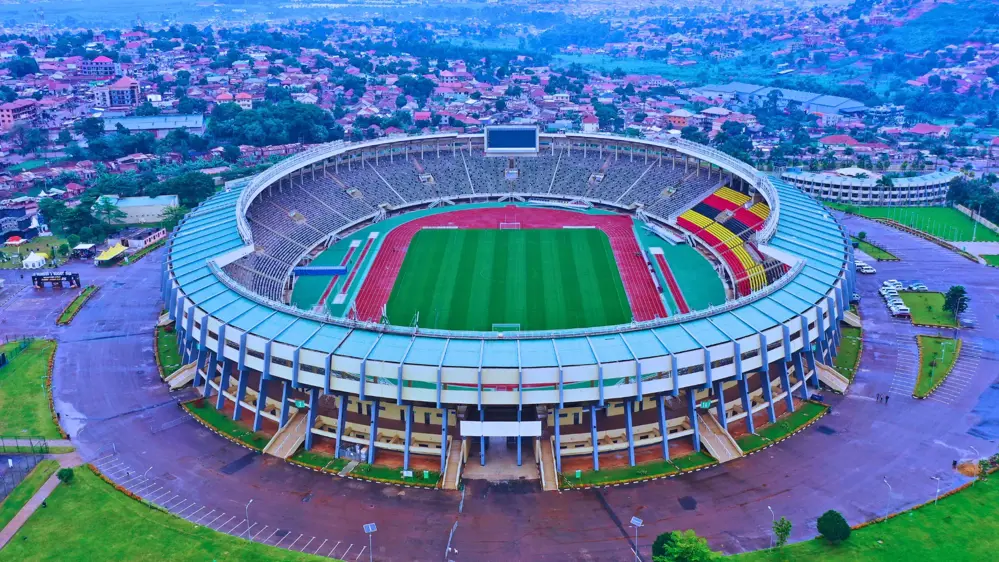
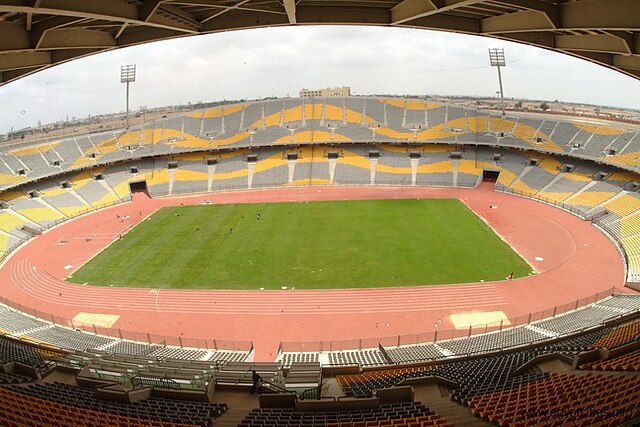

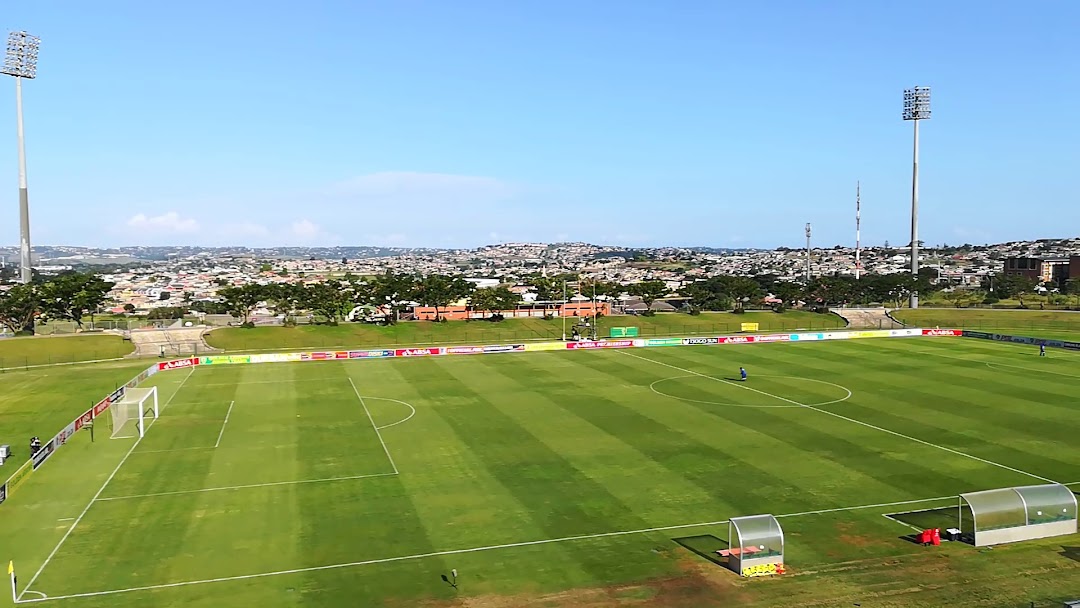
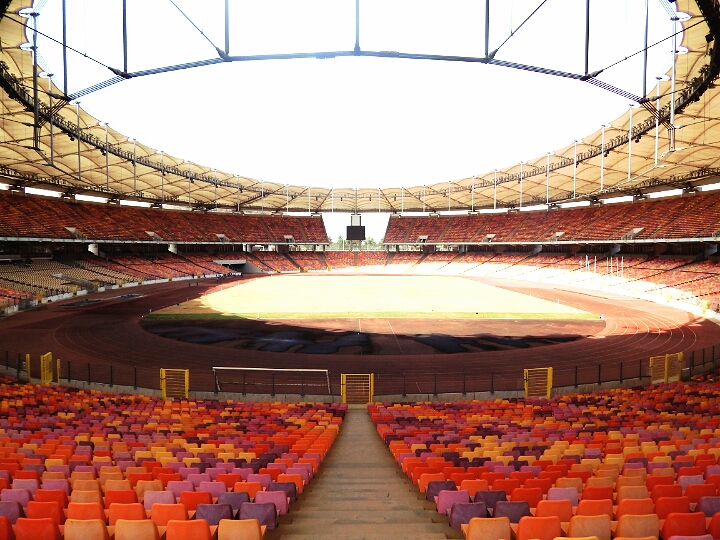

2 Comments